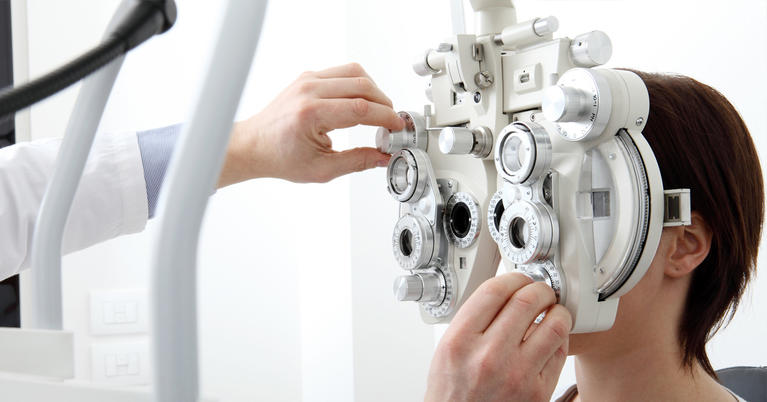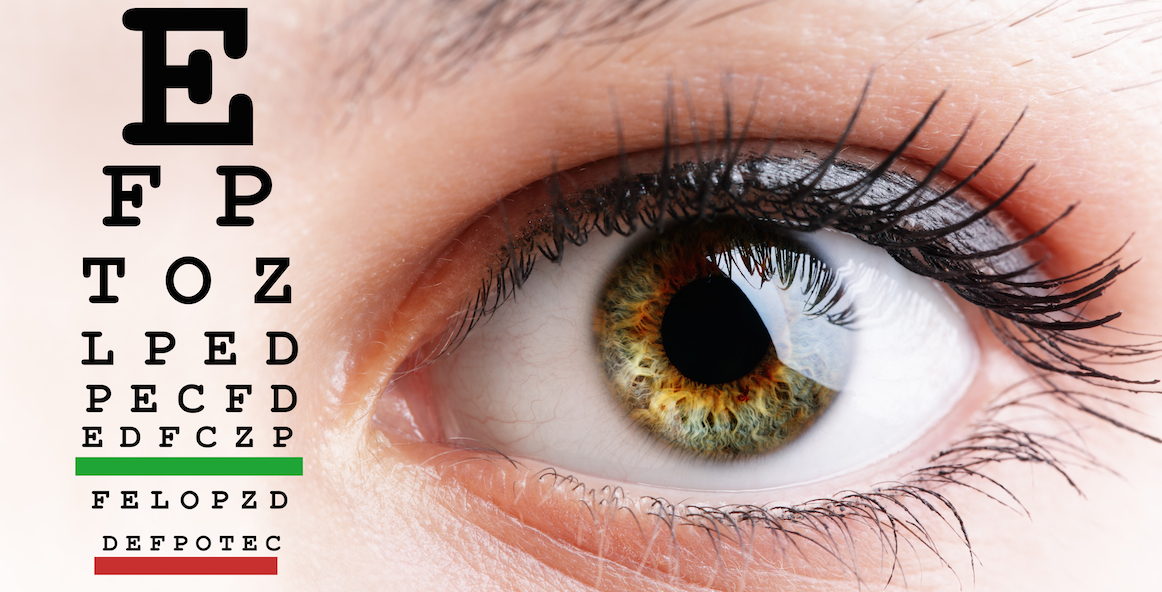Andalusia Pediatrics Clinics: Dedicated Care for Your Child's Health
Andalusia Pediatrics Clinics: Dedicated Care for Your Child's Health
Blog Article
The Pros and Cons of Different Refractive Surgical Treatments for Improved Eyecare

LASIK Surgical Treatment
LASIK surgery is a frequently executed refractive procedure that intends to remedy vision issues such as farsightedness, astigmatism, and nearsightedness. This surgical method has actually gotten popularity because of its effectiveness in supplying clients with clearer vision and minimizing their reliance on glasses or contact lenses. Throughout the treatment, a thin flap is produced on the cornea, and a laser is made use of to reshape the underlying cells, dealing with the refractive mistake. The flap is after that rearranged, permitting quick healing and very little discomfort for the individual.
Among the key advantages of LASIK surgical procedure is the rapid enhancement in vision experienced by numerous patients. Many individuals observe a substantial improvement in their sight soon after the procedure, with minimal downtime needed for recuperation. In addition, LASIK is recognized for its high success rate and low occurrence of difficulties when carried out by proficient doctors. Nevertheless, like any type of procedure, LASIK additionally brings some threats, including dry eyes, glow, halos, and under or overcorrection of vision. It is important for individuals thinking about LASIK surgical treatment to undertake a comprehensive examination by an eye treatment specialist to identify if they are suitable candidates for the treatment.
PRK Treatment
The PRK treatment, also known as Photorefractive Keratectomy, is a type of refractive surgery that intends to correct vision problems similar to LASIK surgical treatment. Unlike LASIK, which involves producing a flap in the cornea, PRK functions on the surface area layer of the cornea.
Among the benefits of PRK over LASIK is that it eliminates the danger of flap-related difficulties because no flap is created during the surgery. This can be advantageous for individuals with slim corneas or those entailed in call sporting activities where eye trauma is an opportunity. The recovery time for PRK is usually longer compared to LASIK, as the external layer of the cornea needs time to regenerate after the treatment. Despite the longer recovery period, PRK can be an appropriate alternative for people looking for vision modification surgical treatment.
SMILE Surgical Procedure
A sophisticated refractive surgical treatment technique obtaining appeal in the area of ophthalmology is SMILE Surgical procedure. Small Laceration Lenticule Removal (SMILE) is a minimally invasive treatment that fixes vision by reshaping the cornea making use of a femtosecond laser. Unlike typical LASIK surgical treatment, SMILE Surgery includes developing a little incision in the cornea to extract a lenticule, which causes much less interruption to the corneal structure and potentially much faster recovery times.
Among the key advantages of SMILE Surgical procedure is its ability to treat nearsightedness (nearsightedness) and astigmatism with high accuracy, leading to exceptional visual end results for clients. The minimally invasive nature of the procedure also lowers the risk look at here of problems such as dry eye syndrome, making it a positive option for people seeking refractive surgery.

LASEK Technique
Having checked out the advantages and factors to consider of SMILE Surgical treatment, one more notable refractive surgical procedure strategy worth examining is the LASEK Method. LASEK, which means Laser-Assisted Subepithelial Keratectomy, is a form of laser eye surgery that aims to deal with refractive mistakes such as nearsightedness (nearsightedness), hyperopia (farsightedness), and astigmatism.
Unlike LASIK, LASEK does not involve producing a corneal flap. Rather, during a LASEK treatment, the surgeon makes use of a diluted alcohol option to loosen up the thin external layer of the cornea, known as the epithelium.
Among the primary advantages of LASEK is that it can be suitable for individuals with slim corneas who may not be great prospects for LASIK. Additionally, LASEK usually causes minimal post-operative discomfort and a quicker healing time contrasted to PRK. The visual healing procedure with LASEK may be slightly longer than with LASIK.
Implantable Call Lenses
Implantable Get in touch with Lenses supply a long-lasting vision correction option for individuals seeking a choice to conventional contact lenses or glasses. These lenses, likewise known as phakic intraocular lenses, are operatively inserted into the eye to deal with refractive mistakes such as myopia (nearsightedness), hyperopia (farsightedness), and look here astigmatism. eye doctors in andalusia. Unlike traditional get in touch with lenses that sit on the surface of the eye, implantable contact lenses work within the eye itself, giving clear vision without the demand for everyday maintenance or elimination
One of the vital benefits of implantable contact lenses is their permanence. As soon as inserted, they can continue to be in the eye forever, providing stable and regular vision adjustment. Furthermore, these lenses can be a superb option for individuals that are not excellent prospects for laser eye surgery or that choose a relatively easy to fix vision correction treatment.
Nonetheless, implantable get in touch with lenses do lug some threats, including the possibility for cataracts or raised eye pressure. It is critical for people considering this choice to talk to an eye care specialist to establish if implantable get in touch with lenses are the best choice for their details demands and eye health.
Final Thought
Finally, each sort of refractive surgery has its own benefits and disadvantages. LASIK surgical treatment is preferred for its fast recuperation time, while PRK procedure might appropriate for clients with slim corneas. SMILE surgical treatment provides minimal pain during the treatment, however LASEK strategy might have a longer healing procedure. Implantable call lenses offer a choice for those that are not ideal candidates for conventional surgeries. Patients ought to seek advice from with their eye treatment company to determine the finest alternative for their individual demands.

On The Whole, SMILE Surgical treatment presents an encouraging choice for individuals looking to enhance their vision via refractive surgical procedure.
Report this page